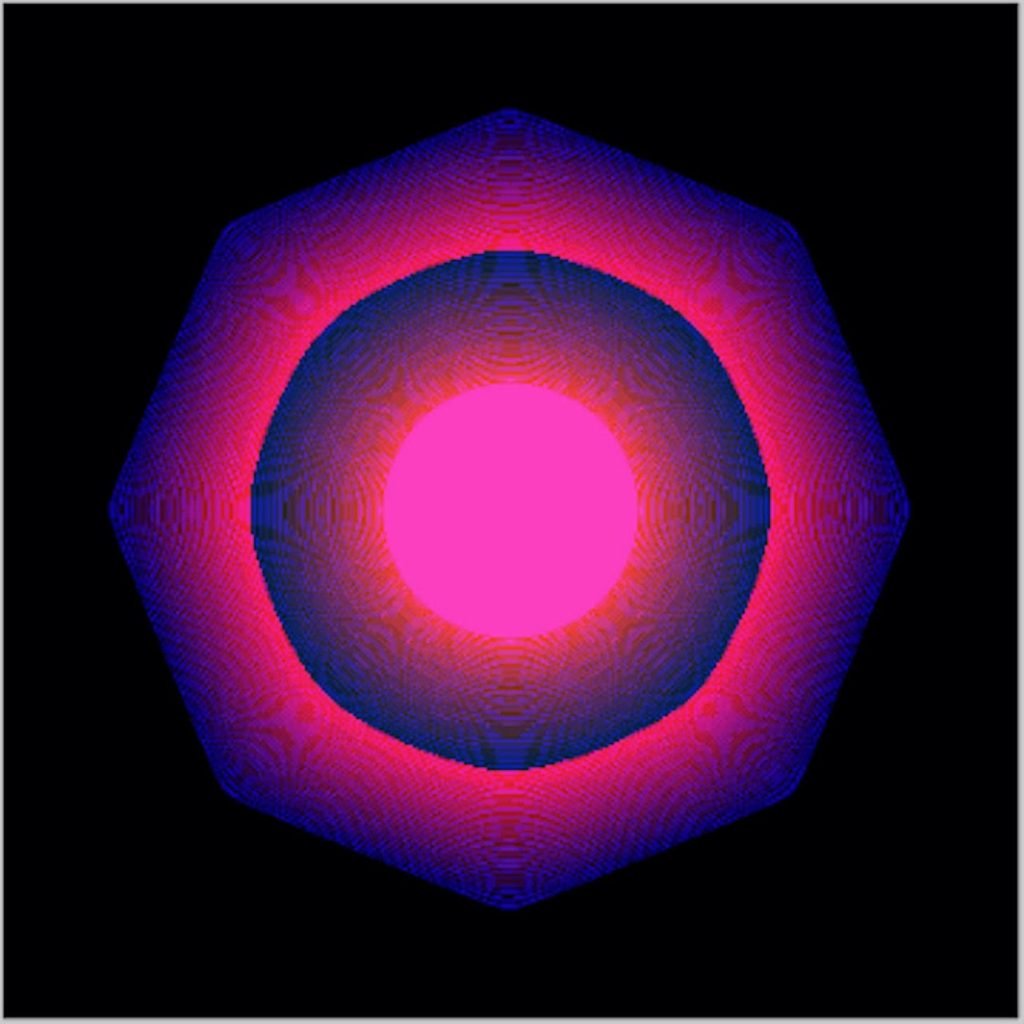NFTs
How Artists Jennifer and Kevin McCoy’s First Joint NFT Series Reimagines American Landscapes With A.I.
'Land Sea and Sky' features collages of photographs generated by Stable Diffusion.

'Land Sea and Sky' features collages of photographs generated by Stable Diffusion.

Richard Whiddington

Jennifer and Kevin McCoy are no strangers to an American roadtrip. As West Coast natives living in Brooklyn, the artist couple are experienced cross-country drivers and clearly the capacious landscapes have made an impression.
Each of the 310 collages comprising Land Sea and Sky, the McCoys’ first joint NFT collection which launched on April 6 (and is now sold out), reads like a mesmeric memory of a transcontinental journey. It’s all there—the tawny Midwestern flats, the candy floss clouds, the cascading cliffs, the cheap roadside lodging, the snow-tipped mountains—only these aren’t sun-tinged Polaroids dug out of a shoebox and digitized, but the products of an A.I. art generator.
The works begin in collage with the McCoys marking out shapes and forms with edges that bear a roughness, as though torn out of a magazine. For guidance, the couple pored over the photographs of Ansel Adams, the godfather of American landscape photography, noting structures and patterns that appealed.

Jennifer and Kevin McCoy, 06 Land 54Mountains 35 Sea 37Sky 28Trees (2023). Photo courtesy Artwrld and the artists.
The McCoys used Stable Diffusion to generate hundreds of landscapes using prompts spanning all 50 states such as “Stormy seas off the Alabama coast” or “Skies above the desert near Las Vegas.” They sorted these into one of five topographies: land, sea, sky, trees, and mountains, and then methodically filled in their cut-out landscapes. Last, they animated certain images using simple panning techniques, ones that visually echo the experience of looking out the car window on a long drive.
To look at one of their collages is to recognize an unrecognizable landscape, to see all of America and nowhere at all.
“We are turning our attention to the newest A.I. image generation tools,” the McCoys told Artnet News. “We want to make a connection between the earlier aesthetic sensibilities and the new kind of image that is essentially a statistical image, an ‘averaged’ image created through mathematics.”

Jennifer and Kevin McCoy, 83 Land 56 Mountains 30 Sea 26 Sky, (2023). Photo courtesy Artwrld and the artists.
The McCoys are far from the first creatives to merge the two buzziest recent phenomena in the art world—A.I. generated images and NFTs—but the timing and choice of Artwrld as a platform evidence the thoughtfulness behind Land Sea and Sky. Lest it be forgotten, Kevin McCoy is widely accredited with minting the first NFT, Quantum, in 2014, which later sold for $1.47 million at Sotheby’s in 2021, and the couple have spoken often about their faith in Web3 and cryptocurrency.
Despite such pedigree, the McCoys have been sparing with their NFT drops and have now chosen to do so on a platform devoted to collaborating with artists on thoughtful projects. Artwrld has only released five projects since launching in early 2022. Every project Artwrld project benefits a nonprofit of the artist’s choosing, with the McCoys allocating 10 percent of primary sales and one percent of secondary says to Rhizome, an organization that promotes digital artists through commissions and scholarships.

Kevin McCoy, Quantum (2014). Courtesy of Sotheby’s.
This mindfulness extends to the McCoys’ approach to A.I.-generated images, which have caused considerable turbulence given their lack of oversight and the threat they pose to working artists.
“The rapid advances made over the last few years [in A.I.] hint at the impacts these systems will have,” the McCoys said. “Engaging with an A.I. model to produce an output is a highly obscure process, even to the scientists who created the model.”
In a playful conceptual flourish, the McCoys liken the opaque process by which a prompt typed into a generator creates an image to a wilderness. The goal, as the McCoys describe it, was to connect the wilderness of image-making in the 21st century to the physical one American artists of the preceding 200 years ventured into to paint and photograph.
The wildernesses they present are stunning and unsettling in equal measure.